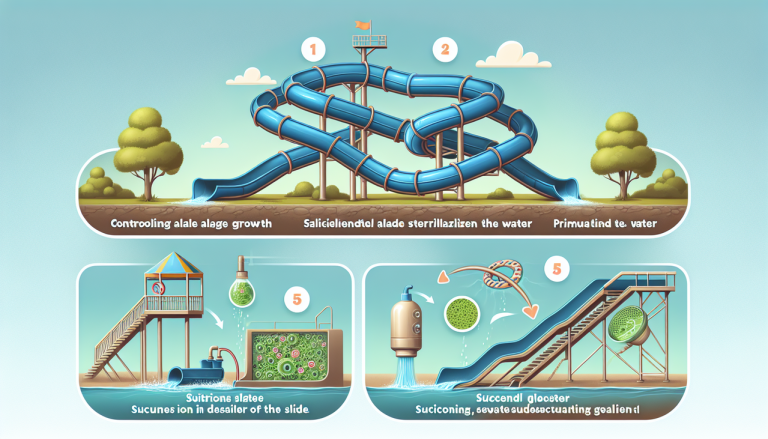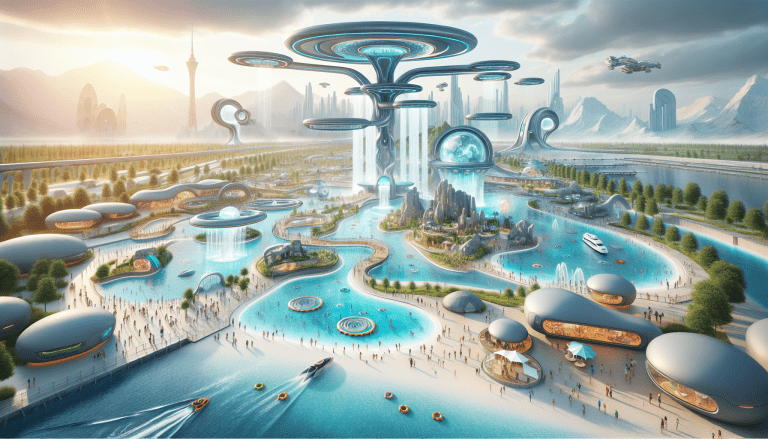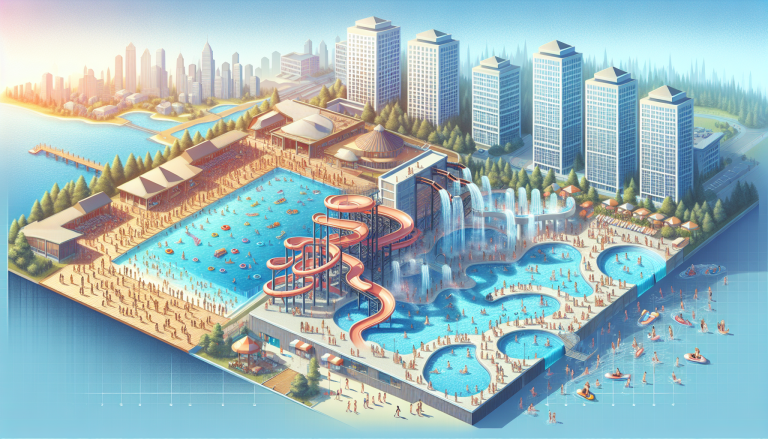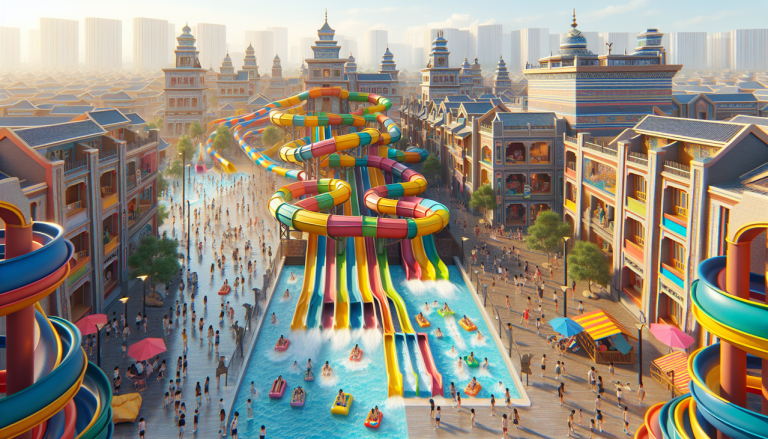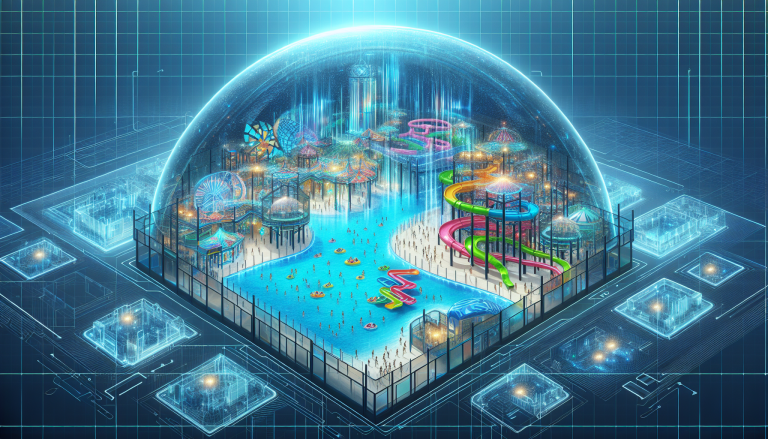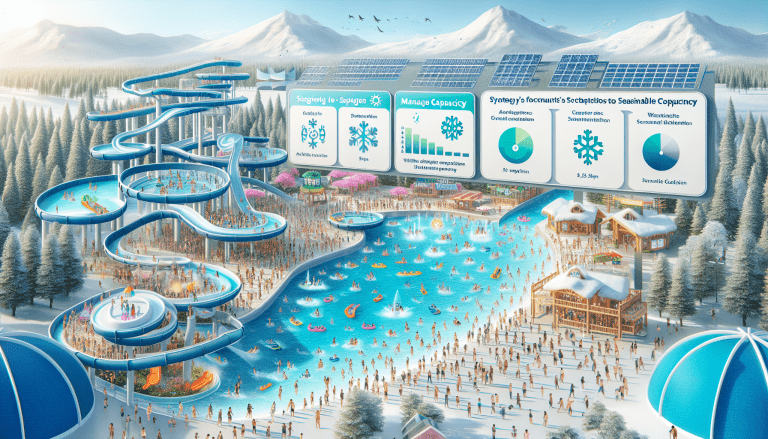Enhancing Water Parks with Environmental Art
Audio:
Text:
The emergence of water park projects has brought immense joy and fun to people, especially during the scorching summer days. However, as living standards continue to rise, water parks are becoming increasingly common, and people’s expectations for these recreational spaces are evolving. Traditional water parks are gradually failing to meet the diverse needs of visitors.
The Application of Environmental Art in Water Park Projects
Environmental art in water parks, also known as “environmental design” or “artificial landscape,” involves using science, technology, engineering, horticulture, and other techniques to artificially alter the surrounding environment. This transformation aims to provide different experiences for visitors, including visual, auditory, tactile, psychological, and physiological sensations.
Environmental art in water parks is extensively utilised in water park projects. Almost every object within a water park can be enhanced using environmental art techniques, leaving a lasting impression and offering a delightful play experience for visitors. From small items like rubbish bins and signs to large structures like buildings, environmental art can transform ordinary objects into stunning works of art.
Intense Competition in Water Park Projects
As the number of water park projects increases, so does the competition. With more options available, water park businesses face intense rivalry. Standing out in this competitive market has become a common challenge for developers and designers of water parks.
The key to thriving in the water park industry lies in marketing, play experience, and service management. While marketing and service management are acquired elements, the play experience is an innate factor. The crucial elements that determine the play experience are the equipment and the environment.
When comparing water park equipment and the environment, changes in the environment are more likely to have a significant impact and are harder to replicate. There are limited types of water park equipment available from global suppliers. A medium to large water park can typically include all current types of equipment. Developing new water park equipment is a lengthy process that requires various demonstrations and approvals.
Environmental changes, on the other hand, are diverse and customisable. Environmental art in water parks presents a unique system that is not easily duplicated. This does not mean that environmental art can replace water park equipment; rather, the combination of both elements maximises the overall effectiveness and appeal of the water park.

